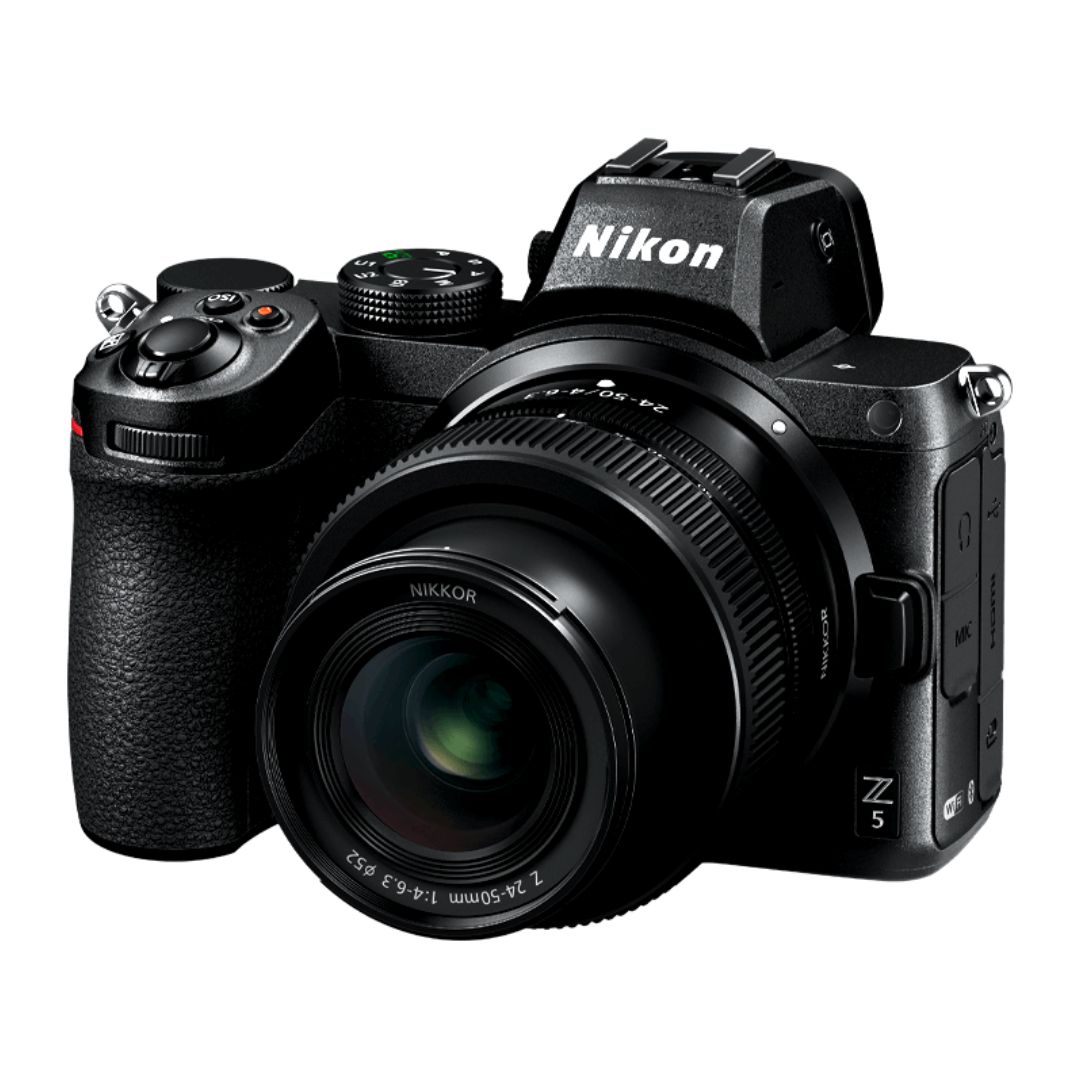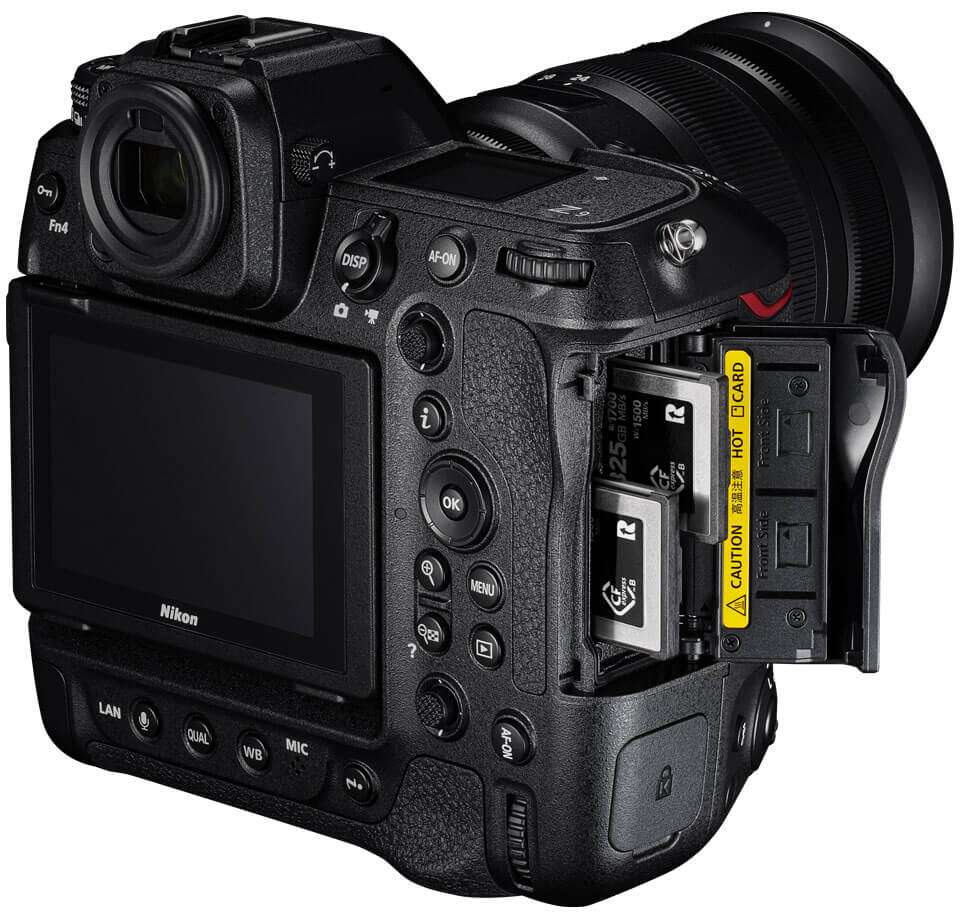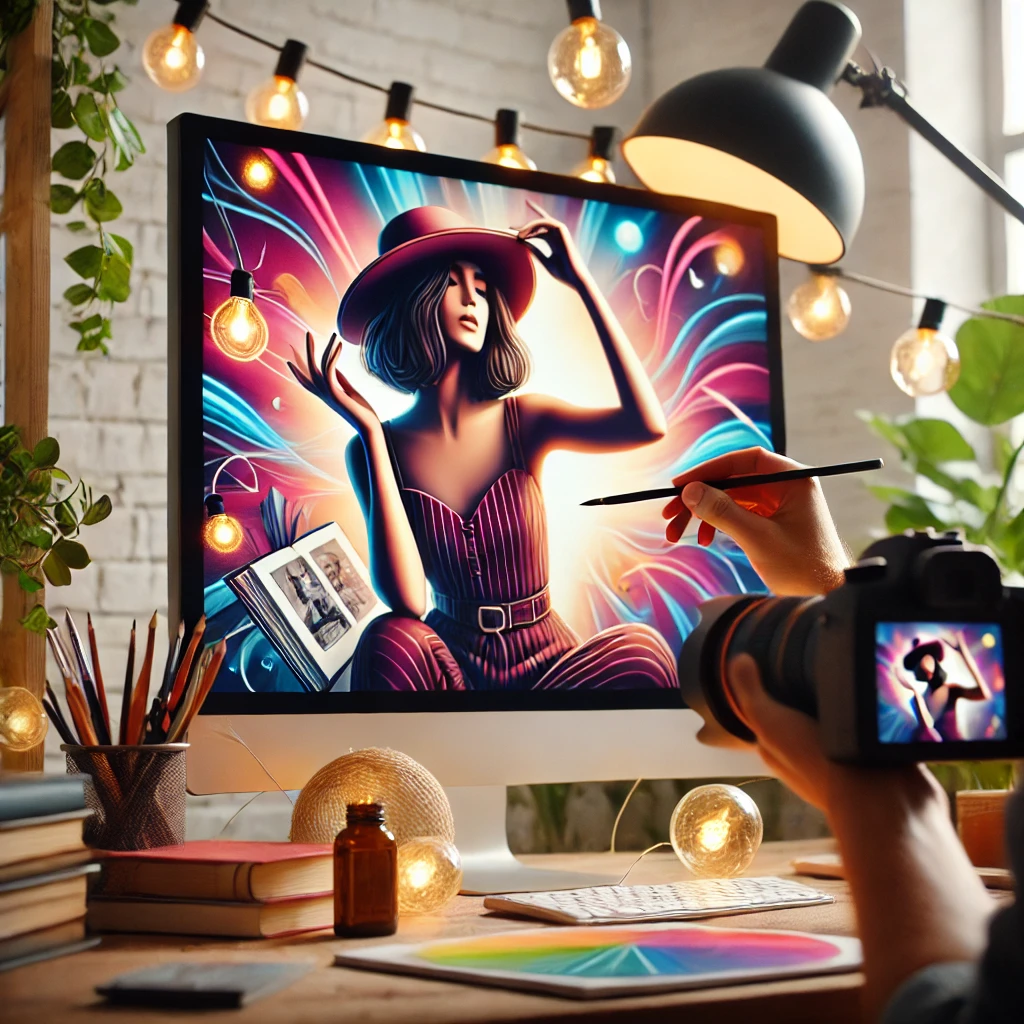Portrait photography is an art that goes beyond capturing faces; it tells a story, conveys emotion, and brings out the subject’s personality. One of the most effective ways to elevate your portrait photography is by using props. Thoughtfully chosen props can add depth, context, and creativity to an image, making it more engaging for viewers.
In this comprehensive guide, we will explore how props effective in portrait photography, covering different types of props, their impact, and practical tips for their use.
Why Props in Portrait Photography?
Props serve multiple purposes in portrait photography, and understanding their benefits can help you integrate them seamlessly into your work:
- Enhancing Storytelling – Props can add context and depth to an image, helping tell a compelling story about the subject.
- Expressing Personality – Using the right props can highlight a subject’s interests, hobbies, or profession.
- Adding a Sense of Scale – Certain props can be used to create depth or provide a sense of scale in the composition.
- Breaking the Ice – Some people feel awkward in front of the camera. A well-chosen prop can serve as a great tool to make them feel more comfortable.
- Creating a Unique Composition – Props allow photographers to experiment with composition, framing, and focal points.
Choosing the Props for Photography
The choice of props should be intentional and relevant to the theme of the shoot. Here are some categories of props that can enhance your portraits:
1. Everyday Objects as Props
Simple household items can make fantastic props in portrait photography. Items such as:
- Books
- Flowers
- Glasses
- Hats
- Scarves
- Vintage furniture These objects can add a sense of familiarity and warmth to the portraits.
2. Thematic and Conceptual Props
Props that align with a theme can create a stronger impact. For example:
- A vintage camera for a retro-inspired shoot
- A musical instrument for an artist’s portrait
- Balloons or fairy lights for a whimsical look
- A mirror for creative reflection photography
3. Nature-Inspired Props
Elements from nature can create an organic, timeless look. Some popular nature-based props include:
- Flowers and flower crowns
- Autumn leaves
- Feathers
- Seashells
- Water elements like reflections or mist
4. Fashion Accessories
Clothing and accessories can act as props that define a character or mood. Some ideas include:
- Sunglasses for a stylish, modern look
- Hats for a vintage or rustic feel
- Jewelry to add elegance and sophistication
- Gloves and scarves to create texture
5. Creative and Abstract Props
For photographers who enjoy conceptual portraits, abstract props can be a powerful storytelling tool. Examples include:
- Neon lights for a futuristic look
- Colored smoke bombs for dramatic effects
- Transparent objects like glass spheres
- Silhouettes and shadows for mystery
Tips for Using Props Effectively in Photography
Using props should enhance the portrait, not overpower the subject. Here are some tips to ensure your props work in harmony with your subject:
1. Keep It Simple
A prop should complement the subject, not steal the focus. If the prop is too large, vibrant, or distracting, it might take away from the person being photographed.
2. Ensure Relevance to the Theme
Props should align with the overall theme of the portrait. A well-placed vintage book in a library setting will enhance the narrative, whereas a random object might look out of place.
3. Experiment with Placement
Props can be used in multiple ways, such as:
- Holding the prop
- Placing the prop in the background
- Using the prop as a framing device
- Interacting with the prop naturally
4. Play with Color Coordination
Choosing props that complement the subject’s clothing or background can create a cohesive and visually pleasing composition. Consider contrast, complementary colors, or monochromatic palettes.
5. Use Props to Create Depth
Props can add layers to an image, making it feel more three-dimensional. Try placing props in the foreground or background to frame the subject creatively.
6. Capture Movement and Emotion
Props can encourage movement in a portrait session. For instance:
- A flowing scarf can add dynamic motion.
- Bubbles or confetti can create a playful and fun effect.
- An umbrella can be twirled for an elegant touch.
7. Think Outside the Box
Be creative with how you use props. Instead of just holding an object, think of how it interacts with light, reflections, or shadows. A transparent sheet, for instance, can create an ethereal look when used correctly.
8. Engage with the Subject
Encourage your subject to use the prop naturally. If they are comfortable, the photo will look more organic rather than staged.
Best Practices for Editing Portraits with Props
After the shoot, post-processing can further enhance the effect of props in the image. Here are some editing tips:
- Color Grading: Adjust the color tones of the props to match the mood of the image.
- Selective Adjustments: If a prop is too dominant, use selective edits to reduce its impact.
- Sharpening and Clarity: Increase clarity on important elements to enhance depth.
- Vignette Effect: A slight vignette can help focus attention on the subject while keeping the prop subtle.
Conclusion
Incorporating props into portrait photography can transform ordinary shots into visually compelling masterpieces. Whether you’re using everyday objects, thematic elements, or natural props, the key is to balance creativity with relevance. By thoughtfully selecting and integrating props, you can create engaging, story-driven portraits that leave a lasting impact.
The next time you plan a portrait shoot, consider experimenting with props to enhance the composition, engage your subject, and bring your creative vision to life. Happy shooting!

Sony Alpha a7 IV: The Ultimate Camera for Photography

Nikon Z5 Review: Is It Worth It?
-

Nikon Z9 : Game-Changer for Photography
-

Top Features of Nikon D850 That Make It Ideal for Portfolio Shoots
Sony Alpha a7 IV: The Ultimate Camera for Photography
Explore the Sony Alpha a7 IV in this complete 2025 review. Learn how its pro-level features, real-world performance, and hybrid flexibility make it the ultimate camera for photography across genres like portraits, weddings, travel, and commercial work. Table of Contents Section 1: Introduction – Why the Sony Alpha a7 IV Stands Out The Sony Alpha…
Nikon Z5 Review: Is It Worth It?
In 2025, photographers—whether hobbyists, content creators, or professionals—seek equipment that blends value, performance, and future-readiness. Enter the Nikon Z5, a full-frame mirrorless camera marketed as a gateway to high-end imaging without a flagship price tag. But how well does it hold up under real-world demands like studio shoots, weddings, landscape adventures, and lifestyle photography? In…
Nikon Z9 : Game-Changer for Photography
Discover why the Nikon Z9 is considered a true game-changer for photography. This in-depth Nikon Z9 review explores key features, real-world performance, and how it excels in professional photo shoots in 2025. Table of Contents 1. Introduction The photography world witnessed a significant shift with the launch of the Nikon Z9, a flagship mirrorless camera…
Top Features of Nikon D850 That Make It Ideal for Portfolio Shoots
Discover why the Nikon D850 is the ultimate DSLR for portfolio shoots. Explore its top features—from resolution and dynamic range to autofocus precision and workflow speed—that help photographers create stunning, high-impact images for professional portfolios. Whether you’re a portrait artist, fashion photographer, or visual storyteller, a portfolio shoot demands technical excellence, creative flexibility, and uncompromised…
Candid Moments with Canon EOS R10: Lightweight & Reliable
In the evolving world of mirrorless photography, the Canon EOS R10 stands out as a lightweight yet powerful camera tailored for real-life storytelling. Whether you’re photographing street scenes, family gatherings, weddings, or spontaneous portraits, capturing genuine emotion requires a responsive and discreet tool. This article dives deep into how the Canon EOS R10 excels in…
Bold Portraits with Canon EOS R5: Is It the Best for Work?
Studio photography has always demanded precision, artistry, and impeccable gear. As the expectations for commercial portraits, fashion campaigns, and editorial work continue to rise, the tools we use must evolve. Enter the Canon EOS R5, a camera that has stirred the professional waters with its impressive technical specs and forward-thinking design. In this comprehensive Canon…


